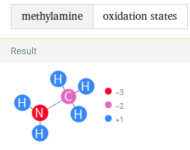- May 31, 2022
- 672
- Pool Size
- 8000
- Surface
- Plaster
- Chlorine
- Salt Water Generator
- SWG Type
- Pentair Intellichlor IC-20
What is the white residue left in the test vial after the salinity test, and more importantly, what dissolves it? It doesn't seem to be soluble in water or alcohol, and I'm not sure that my current mechanical cleaning method is removing all of it.





